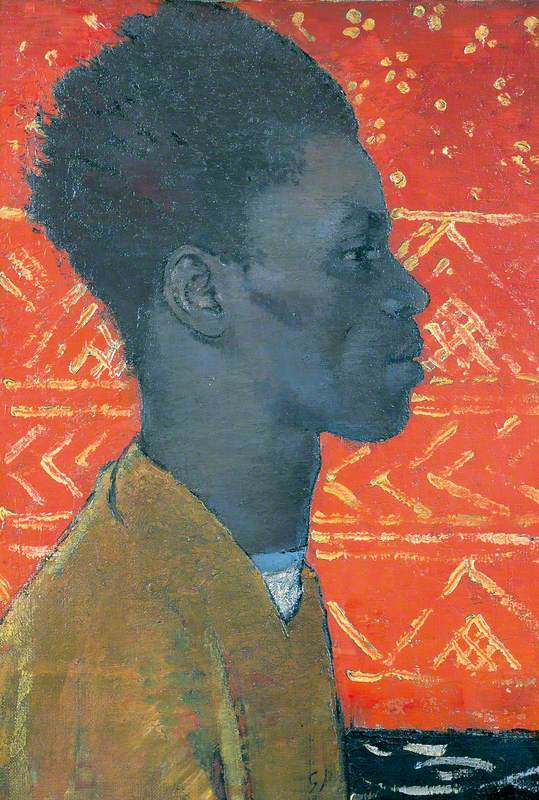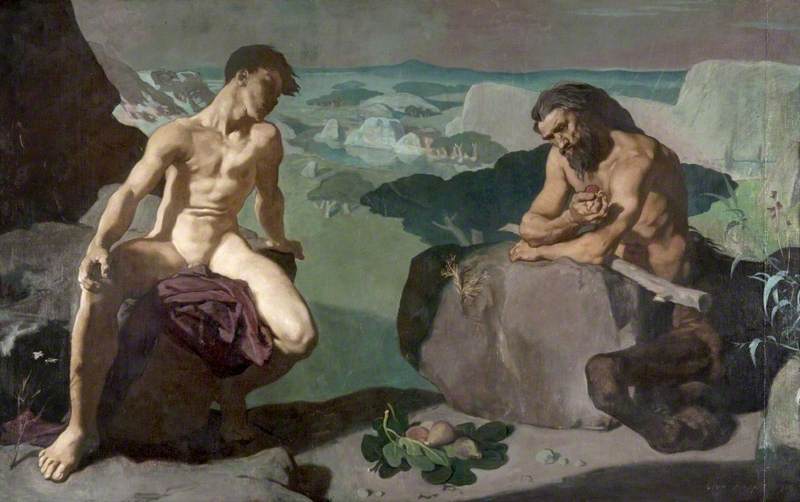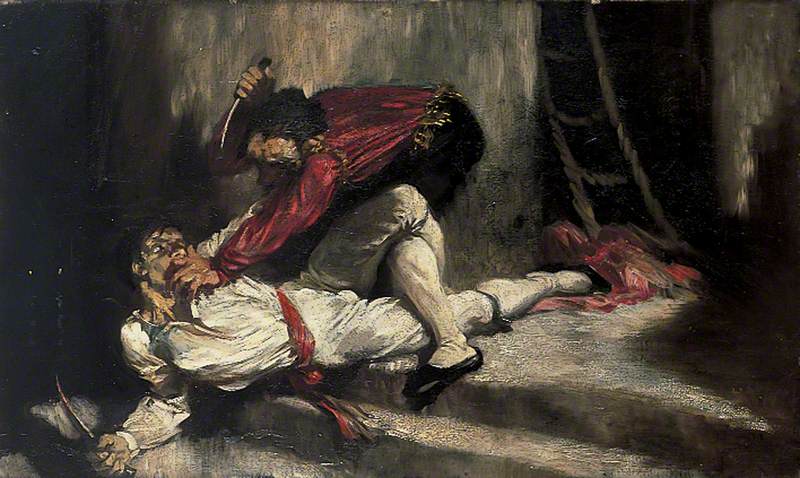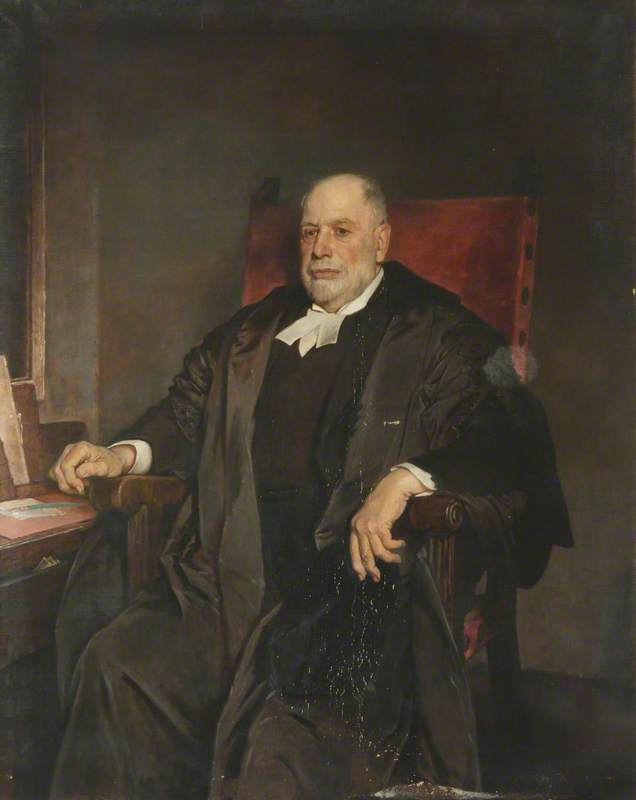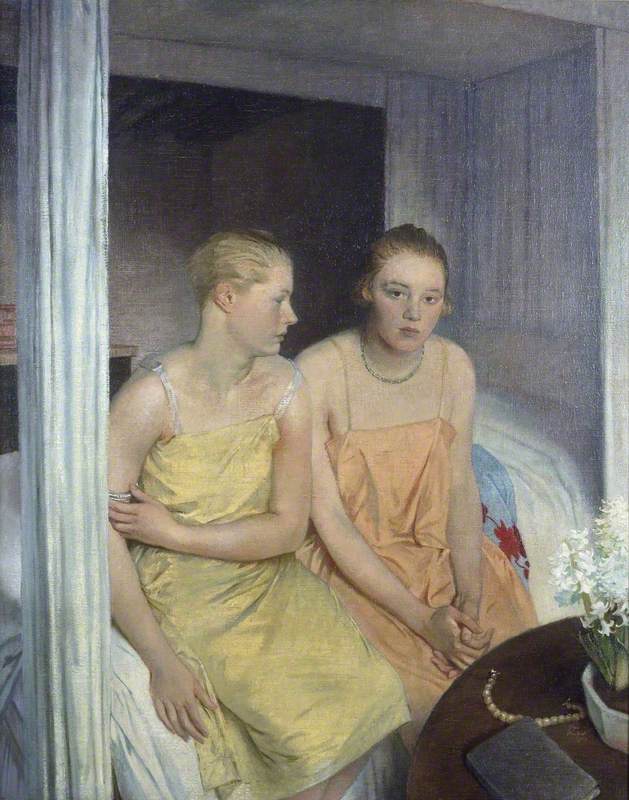Painter and sculptor who was born in Clapham, London but was raised in Herne Bay, Kent. Philpot attended the Lambeth School of Art, 1901-03 studying under Philip Connard and began showing of the RA in 1904. In 1906 he visited France and spent a year in the studio of Jean-Paul Laurens of the Académie Julian in Paris. He converted to Roman Catholicism in 1906 and although a practising homosexual was devout in his religious beliefs. In 1910 he held his first solo exhibition at the Baillie Gallery, London and by 1912 he was elected a member of the ISSPG and by 1915 an Associate of the RA and a full member in 1923. A prolific exhibitor he also showed at the Cooling Galleries, Chenil Gallery, FAS, Grosvenor Gallery, Goupil Gallery, Ipswich Fine Art Club, Society of Twenty-Five Painters, Leicester Galleries, Walker Art Gallery, Liverpool, Grafton Galleries, London Salon, Society of Sussex Painters, Storran Gallery, Redfern Gallery, RSA and RP and ROI the latter two societies both having elected him a member. He travelled widely in Spain and Italy and received many portrait commissions, winning a gold medal and £300 from the Carnegie International Exhibition at Pittsburgh in 1913. When World War I was declared in 1914, he was living in Venice but promptly returned to England to enlist. After several rejections on medical grounds, he was finally accepted but was demobilised when his health broke down in 1917. As an Official War Artist, Philpot painted portraits of admirals.
His other portrait commissions included King Fouad of Egypt and Prime Minister, Stanley Baldwin, Siegfried Sassoon and Oswald Mosley. By the late 1920’s Philpot had become dissatisfied with the Edwardian aesthetic ideals, still largely required in official art circles, and in the early 1930’s he moved to Paris and in that same year represented Britain at the Venice Biennale. In the French capital his style changed dramatically, owing to the influence of contemporary French art and for about a year, he began to sculpt and model in clay. He is especially known for his paintings of Negroes, mostly based on Henry Thomas, a young Jamaican whom Philpot's godson, stage designer Oliver Messel had found wandering in the National Gallery. He became Philpot's housekeeper and devoted friend, living in his house until his death. His lifelong companion artist Vivian Forbes committed suicide a day after Philpot’s demise. In 1984 an important retrospective was staged at the National Portrait Gallery, bringing his work to a wider audience.
Examples of his work are in the collections of the Bristol Art Gallery, Fitzwilliam Museum, Hove Museum & Art Gallery, Jerwood Gallery, Lady Lever Art Gallery, Northampton Museum and Art Gallery, Tate Gallery and the Victoria Art Gallery.
With thanks to artbiogs.co.uk
Biography from Liss Llewellyn
